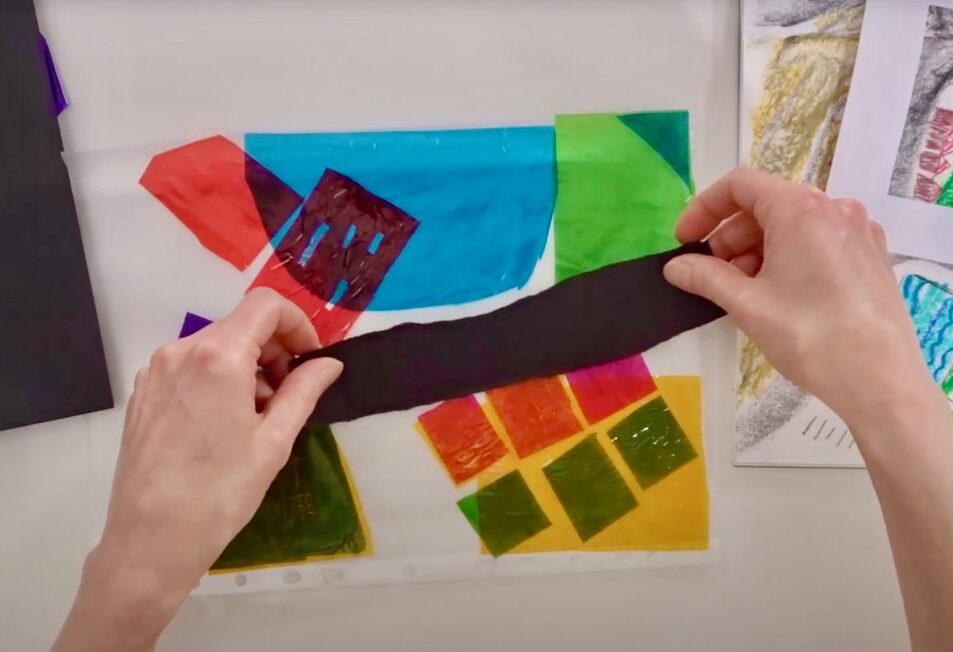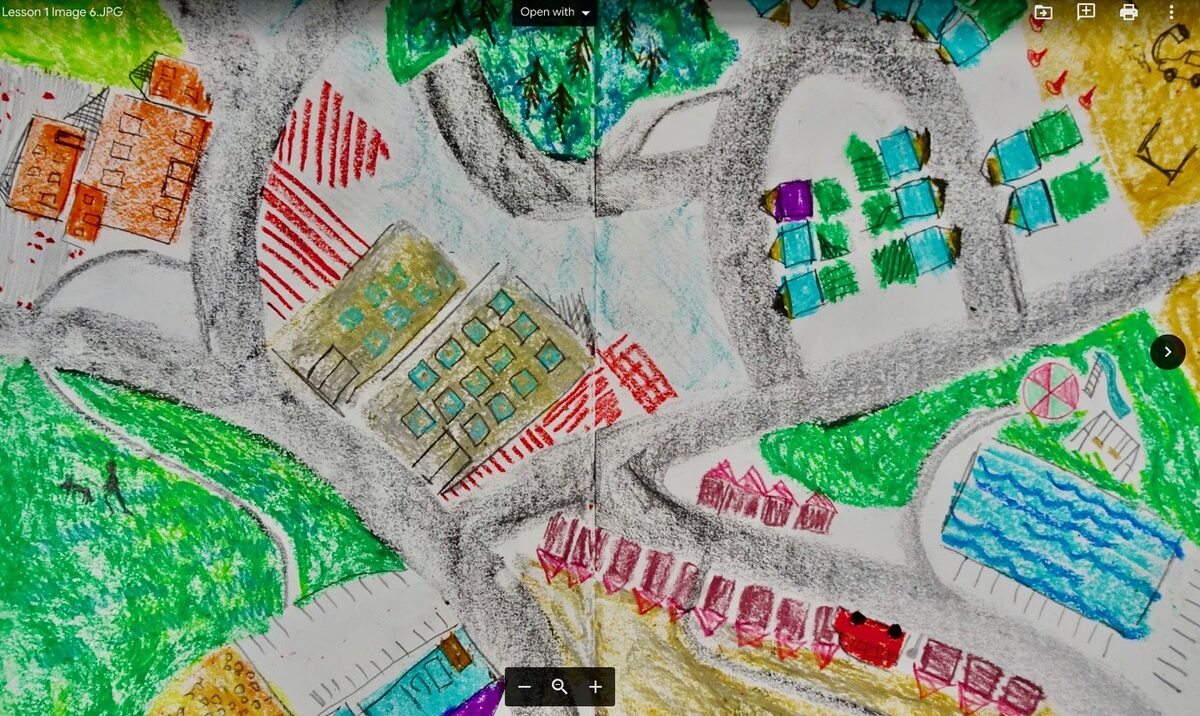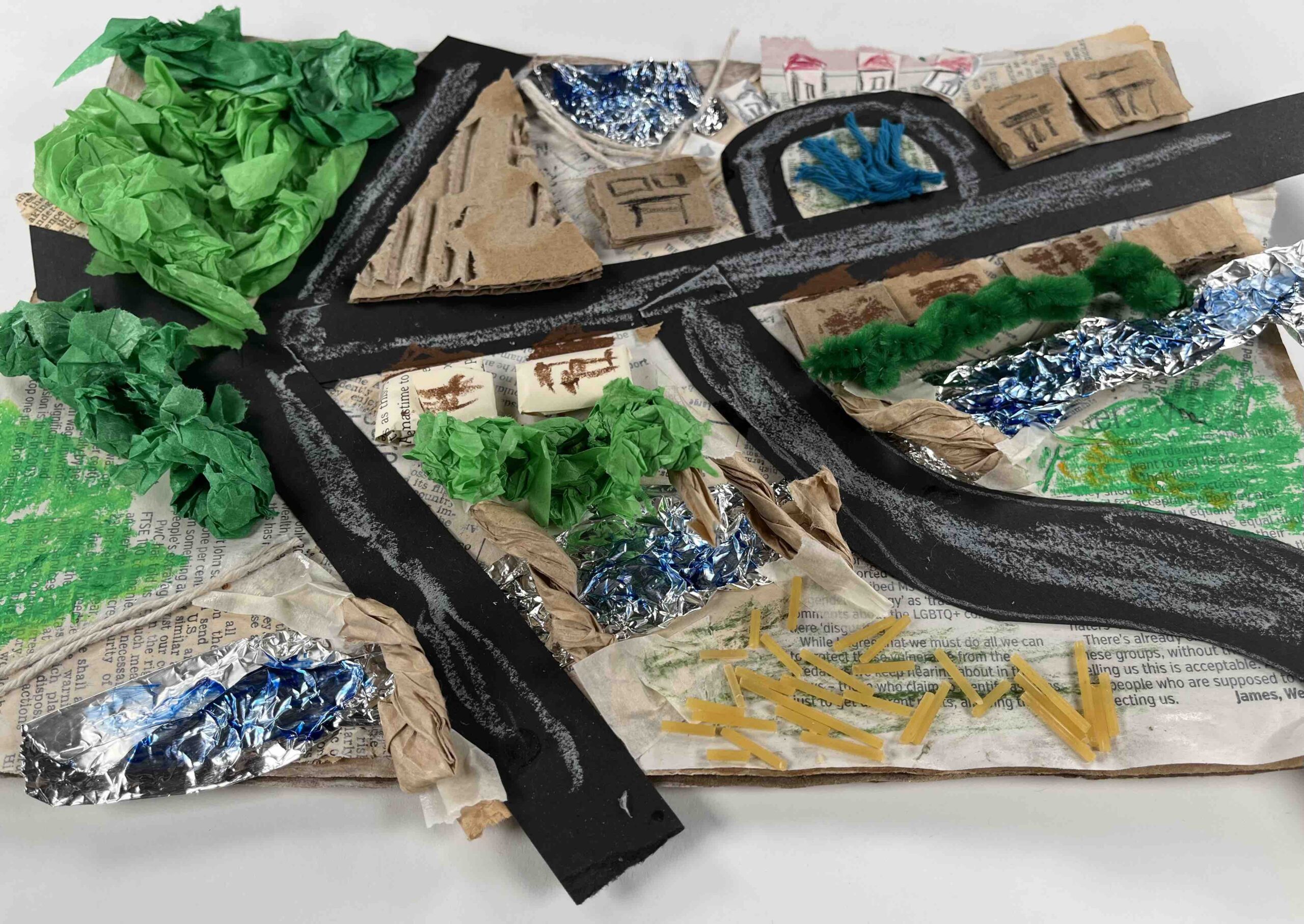Learning objective
- To develop ideas and apply craft skills when printmaking.
Success criteria
- I can use simple lines and shapes from
This content is for subscribers only. Join for access today.
National curriculum
Art and design
Pupils should be
This content is for subscribers only. Join for access today.
Cross-curricular links
Design and technology
Design
Pupils should be
This content is for subscribers only. Join for access today.
Before the lesson
This content is for subscribers only. Join for access today.
Lesson plan
Recap and recall
Display the Presentation: 3, 2, 1 and allow time for paired discussion.
This content is for subscribers only. Join for access today.
Extended-mode explainer videos
How to extend your display to view the lesson page and preseantion mode simultaneously. Choose your operating system below to watch the video
If you need further support with extending your display,
please contact [email protected].
Extended-mode explainer video: For Mac
Extended-mode explainer video: For Windows
Adaptive teaching
Pupils needing extra support:
Should practice drawing on the polystyrene sheet before making their tile to experience how hard to press with the pencil; could be grouped with more confident children to provide support in the printmaking process; may benefit in the second part of the lesson from being guided to work on a final piece that suits their strengths.
Pupils working at greater depth:
Should experiment with ways to improve their printing tile to make the print as effective as possible; should be challenged to work independently and make choices about what they make in part 2; could be encouraged to explain and justify how they chose and have adapted their final piece.
This content is for subscribers only. Join for access today.
Assessing progress and understanding
Pupils with secure understanding indicated by: following the process to
This content is for subscribers only. Join for access today.
Vocabulary definitions
-
inspired
Feeling very interested and excited by something you have seen.
-
printmaking
Making art by printing pictures.
This content is for subscribers only. Join for access today.
Example work

Montem Academy, Slough

Montem Academy, Slough

Montem Academy, Slough

Montem Academy, Slough

Horncastle Primary School, Lincolnshire
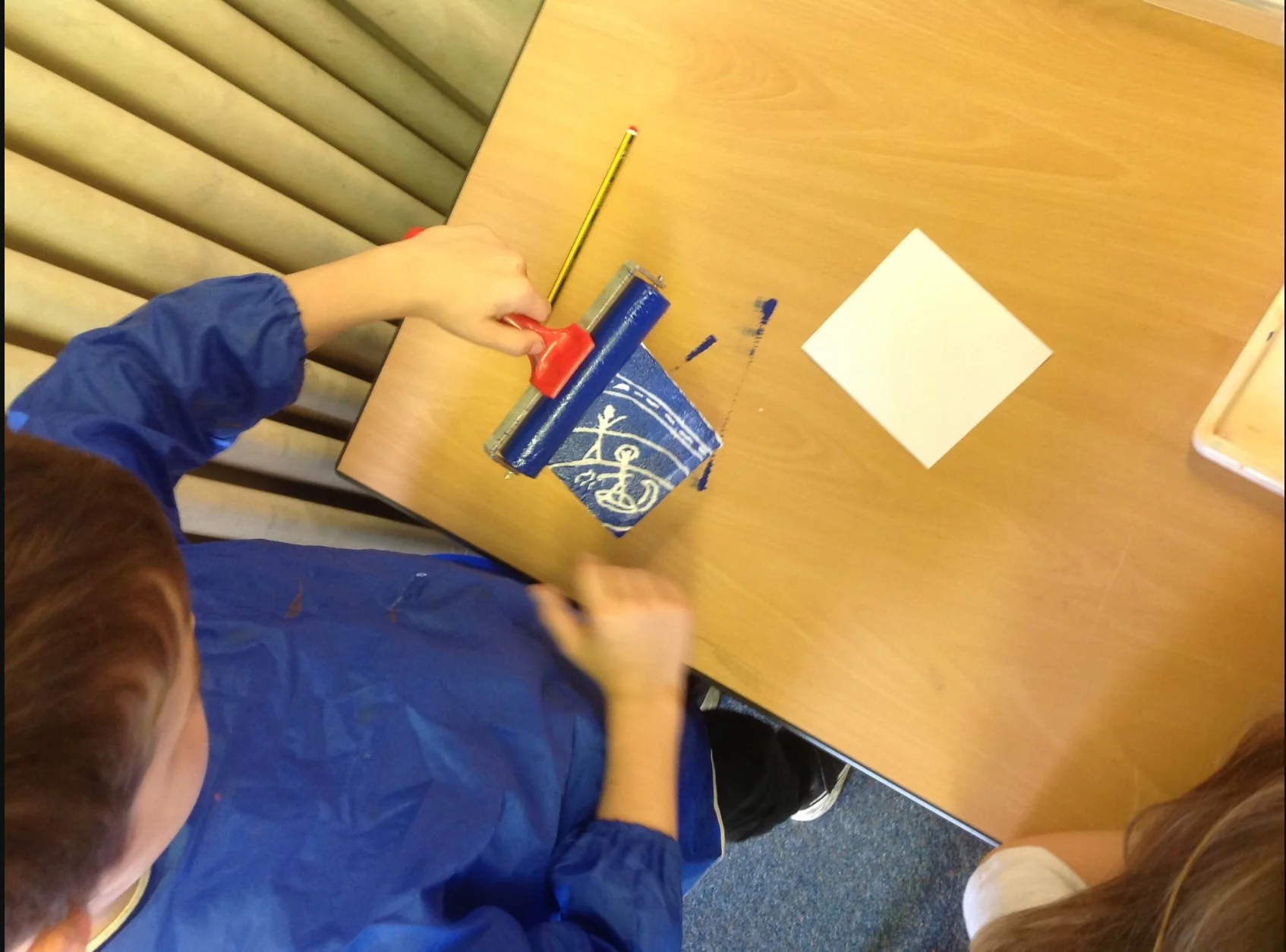
Horncastle Primary School, Lincolnshire
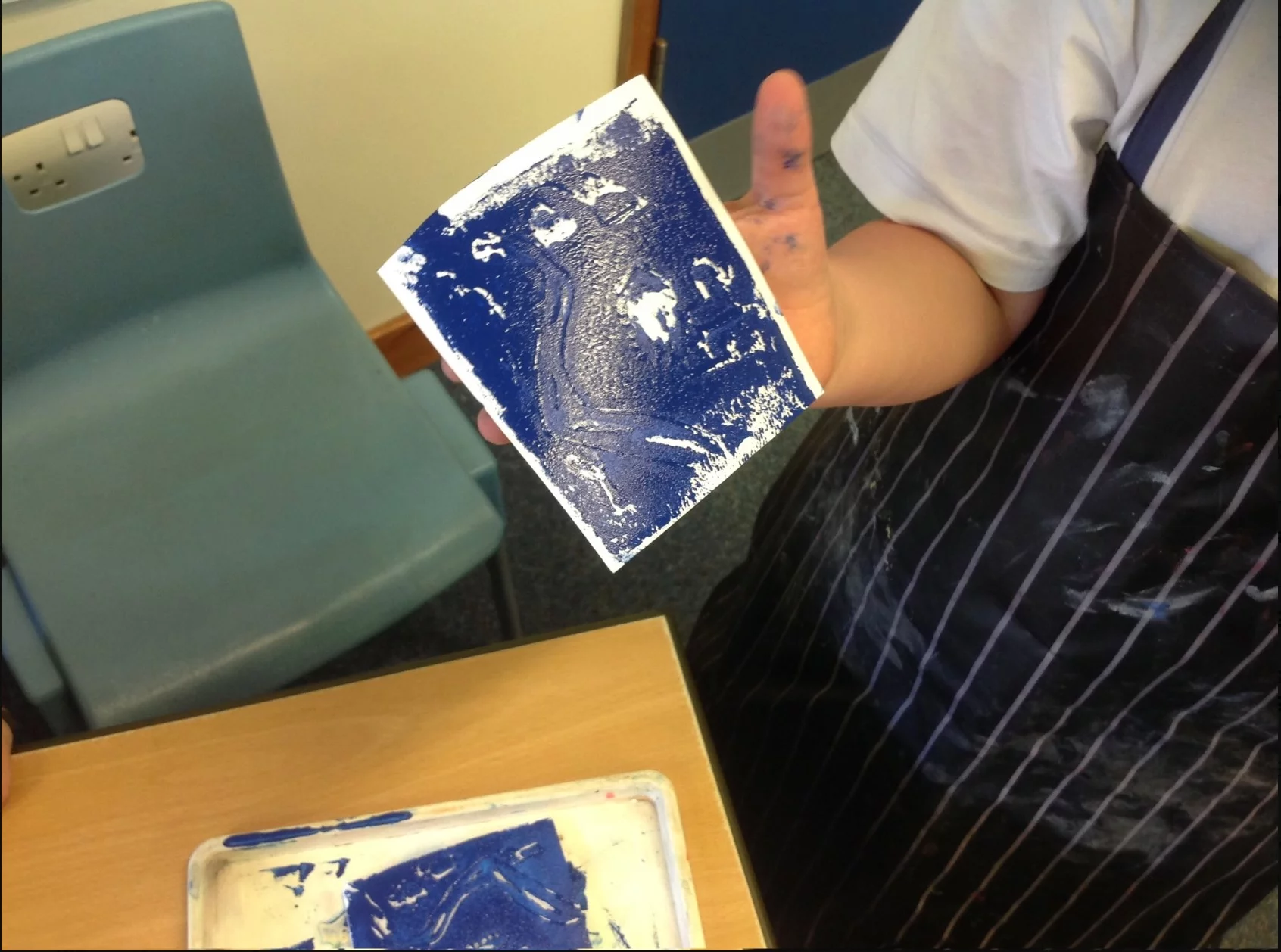
Horncastle Primary School, Lincolnshire
This content is for subscribers only. Join for access today.


